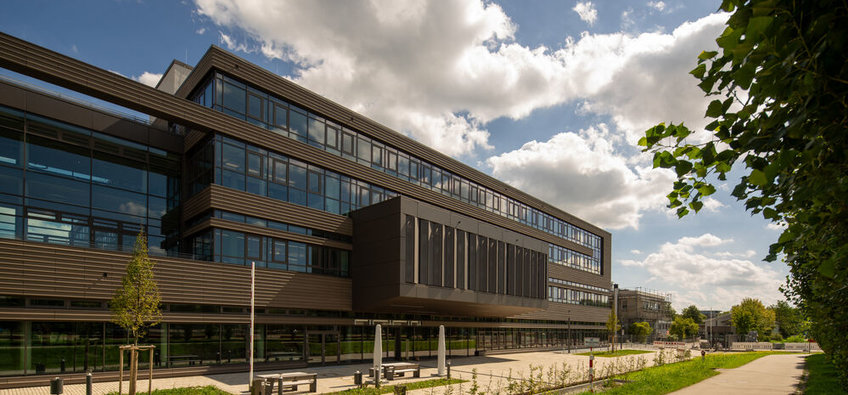
Max Planck Institute for Physics
What gives matter its mass? This is one of the questions being investigated by scientists at the Max Planck Institute for Physics in Munich. They study the smallest building blocks of matter and how they interact with each other. The behaviour of these building blocks – the quarks, charged leptons and neutrinos – helps them to understand the origin of the universe and its present form. The Institute researchers conduct experiments at the largest particle physics laboratories around the world. These include CERN in Geneva, KEK in Tsukuba (Japan) and DESY in Hamburg. Moreover, they also perform experiments to investigate cosmic radiation on the Canary Island of La Palma and the neutrino experiment in the Gran Sasso underground laboratory in Italy. Theoreticians not only team up with the experimenters to jointly interpret the results of the experiments, but also to develop new theories in order to better characterise our universe.
Contact
Boltzmannstraße 885748 Garching
Phone: +49 89 32354-0
Fax: +49 89 3226-704
PhD opportunities
This institute has an International Max Planck Research School (IMPRS):
IMPRS on Elementary Particle PhysicsIn addition, there is the possibility of individual doctoral research. Please contact the directors or research group leaders at the Institute.













